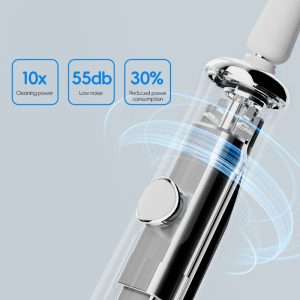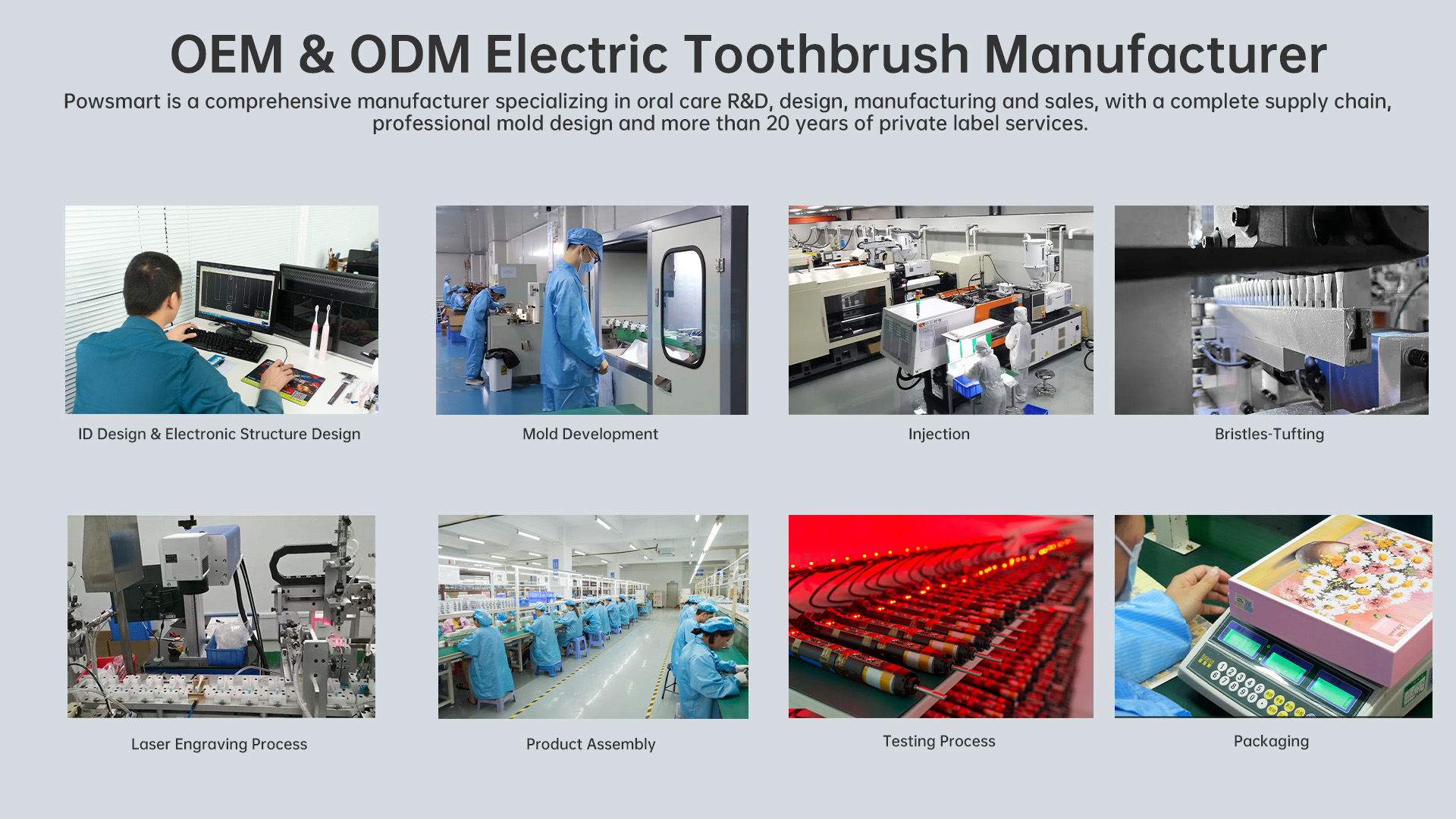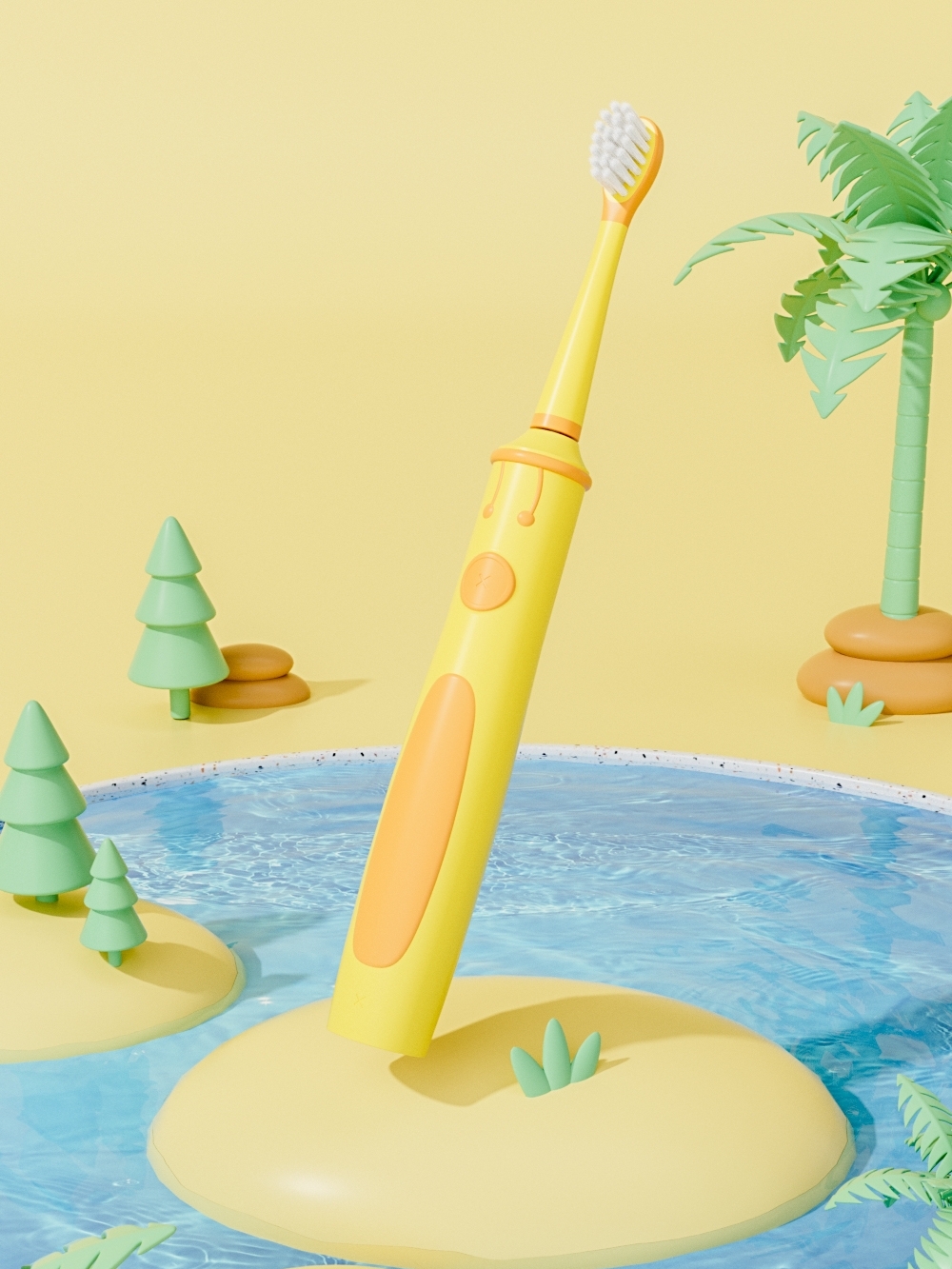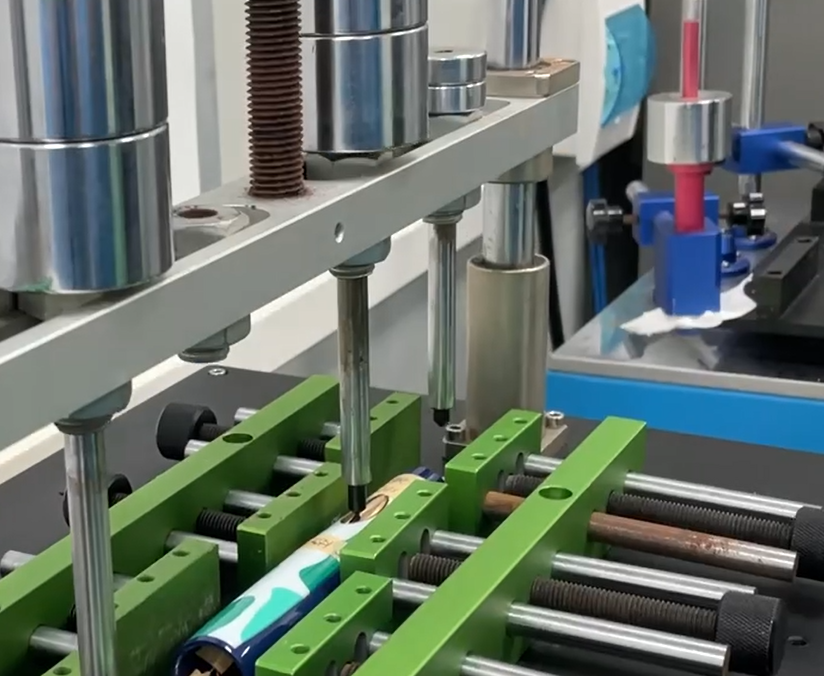In the era of premium oral care devices, the Ultra-Quiet Magnetic Motor Brush has become a hallmark of innovation, promising whisper-level operation and smooth performance. Yet, in recent months, some brands have reported unexpected noise complaints from customers—raising questions about whether the issue stems from user perception, design oversight, or production inconsistency.
This blog explores the gap between expectation and experience, and what manufacturers must consider to preserve product integrity while staying competitive in the “quiet tech” category.
The appeal of the Ultra-Quiet Magnetic Motor Brush lies in its non-contact drive system. By eliminating traditional friction-based mechanisms, magnetic levitation technology minimizes vibration and decibel output, often operating below 55 dB. This makes it ideal for sensitive users and nighttime use.
However, the term “ultra-quiet” is not a universal standard. Factors such as housing materials, brush head alignment, and motor calibration all contribute to actual noise levels. Without precision across the supply chain, “quiet” can become subjective.
Despite marketing claims, noise complaints may arise due to several technical or perceptual reasons:
In many cases, these defects may not be immediately noticeable during quality checks but become evident after several uses.

It’s also important to acknowledge that “noise complaints” can be relative. A user transitioning from a manual brush or lower-frequency sonic brush may perceive the humming of a magnetic motor as “loud,” even if it falls within technically acceptable dB ranges.
Furthermore, consumer reviews tend to emphasize subjective experience—making perceived loudness as much of a brand risk as actual decibel output.
To ensure the Ultra-Quiet Magnetic Motor Brush delivers on its promise, manufacturers should adopt the following strategies:
Collaborating with suppliers on custom tooling for motor housing and gear assemblies is also crucial for noise suppression.
A leading dental brand sourced an ODM batch of Ultra-Quiet Magnetic Motor Brushes only to discover a 12% rate of noise complaints within 60 days. After teardown analysis, the root cause was traced to a thin plastic shell that amplified motor harmonics—an issue that passed acoustic testing in empty mode but failed under load.
The solution? Reinforced shell design and tighter QC on brush head concentricity. Complaint rate dropped below 1.5% within the next production run.
In today’s saturated market, offering a brush with a magnetic motor is no longer enough—delivering consistent quiet performance is the differentiator. Addressing noise complaints proactively requires a detailed understanding of acoustic engineering, end-user environments, and product lifecycle testing.
At POWSMART, we specialize in building Ultra-Quiet Magnetic Motor Brushes that stay silent—not just in the spec sheet, but in the real world. Our full-stack R&D and manufacturing integration allows us to prevent noise issues before they reach the end user—ensuring your brand promise is never compromised. Contact us
-2-scaled.png)
How to Source the Best Teeth Whitening Device Manufacturers for Your Brand
Electric Toothbrush vs Manual – Benefits for Oral Health and Efficiency
.jpg)
Rose Gold Electric Toothbrush Customization: Luxury Dental Care Products

Black & White Smart Toothbrushes: Minimalist Design for Bulk Orders
Do Vibration Weakening and Circuit Short Increase Risks?
Can Contact Oxidation Lead to Weak Pressure?
.jpg)
Selling Water Flossers in the US? A Guide to Mandatory Certificates from Your OEM
.jpg)
Smart 2-Minute Timer Toothbrush Manufacturing for Dental Clinics

Meeting the Demand for Advanced Oral Hygiene – Points of view from Innovative Water Flosser Supplier

Kids’ Smart Toothbrush Customization: Fun & Safe Brushing Solutions

Tips for choosing a High-Quality Electric Toothbrush Factory for Your Oral Care Brand
.jpg)
Sourcing Water Flosser Manufacturers: Key Considerations for Oral Care Brands
.jpg)
Confused About Electric Toothbrush Minimum Order Quantity?
.jpg)
40,000 VPM Smart Sonic Toothbrush OEM: High-Frequency Cleaning Technology
How to Use an Electric Toothbrush Properly for Maximum Oral Hygiene

Key Questions to Ask Before Communicating with Cordless water flosser supplier

electric toothbrush heads Deep Clean

Electric toothbrush heads Charcoal Infused-Diamond

electric toothbrush heads Ultra Soft

Private Label Whitening Gel

electric toothbrush heads Charcoal Infuse-Round
.jpg)
Florida Electric Toothbrush – Powsmart PTR-C8

Customization Teeth Whitening Gel

electric toothbrush heads Regular Clean
whstapp
whstapp
National Toll-Free Service Hotline
+86 755 86238638